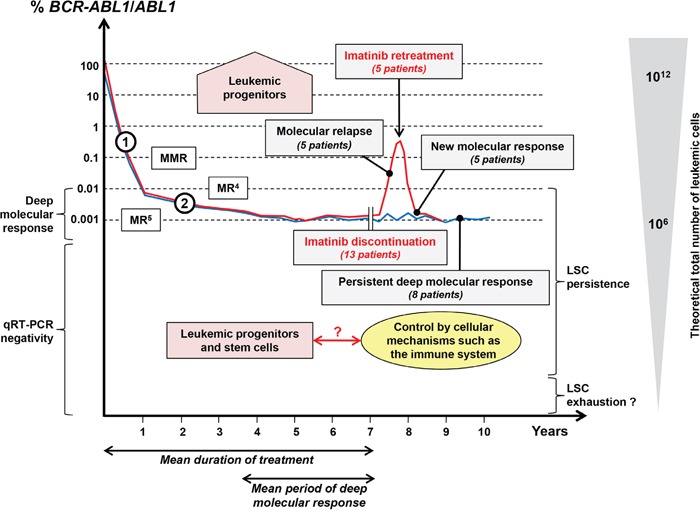Figure 2. Molecular recurrence and sustained molecular response in CML patients after TKI discontinuation in the context of LSC persistence.

For patients included in the present study, a schematic blood BCR-ABL1/ABL1 molecular monitoring is shown along with the theoretical total number of leukemic cells. Patients in molecular relapse after Imatinib discontinuation (red curve, 5 patients) provide clear evidence of the persistence of a pool of leukemic progenitors (detected or not in in vitro assays). All patients regained a deep molecular response after Imatinib retreatment. On the other hand, eight patients maintained a persistent deep molecular response after Imatinib cessation (blue curve) with a mean follow-up of 3.6 years. Fluctuations of the BCR-ABL1/ABL1 ratio were observed in some of them. The theoretical persistence of LSCs in such a population (only detected in some patients) highlighted a potential role of the immune system in controlling the residual leukemic compartment. Too small an amount of LSCs could lead to the exhaustion of the LSC compartment. In this situation, the disease might be considered as “cured”. MMR: major molecular response; MR4 and MR5: deep molecular responses; LSCs: leukemic stem cells; Slopes (1) and (2) are indicative of the decline of mature and precursor/progenitor leukemic cells respectively.
